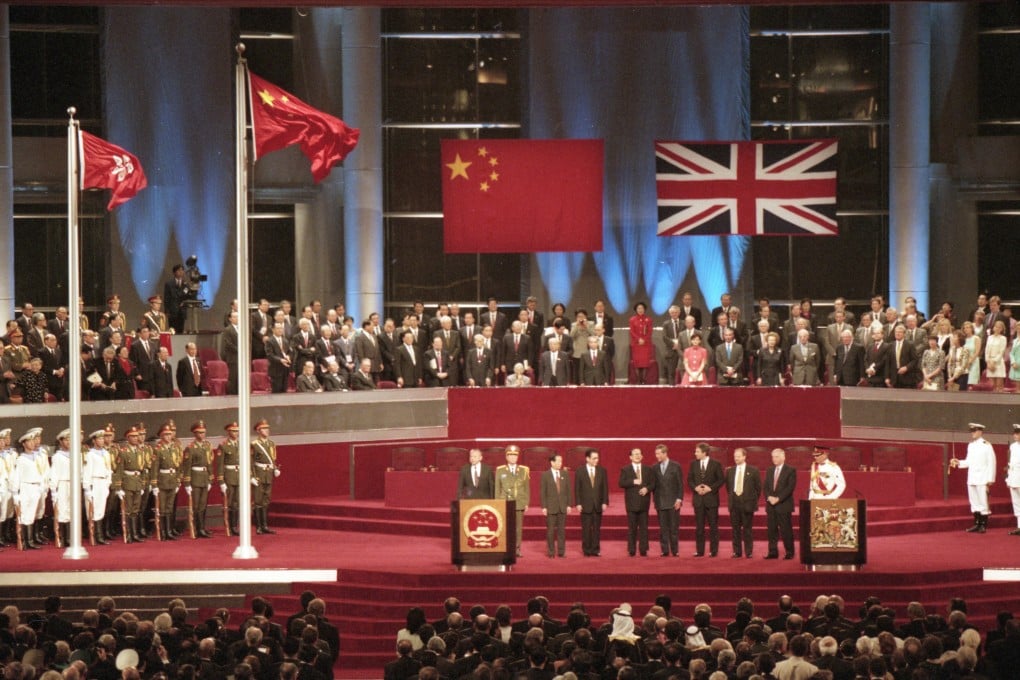South China Morning Post’s first NFT collection sells out in two hours despite global market slump
- The NFTs feature coverage of the handover ceremony in 1997, the Asian financial crisis, the Avian flu outbreak, and the deaths of Princess Diana and Deng Xiaoping
- The Post, founded in Hong Kong in 1903, is among a growing number of news organisations around the world that have experimented with the technology

The South China Morning Post’s first collection of non-fungible tokens (NFTs), featuring its news archives from Hong Kong’s pivotal year of 1997, sold out in two hours on Monday, as the newspaper works towards building an “ecosystem of historical NFTs”.
The second part of the series, featuring news archives from events in the second half of 1997, will be released next month.
The Post’s NFT collection is built on Flow, a blockchain built by Dapper Labs, the creator of popular NFT series NBA Top Shot. Each “box” was priced at 97 FUSD, a US dollar-backed stablecoin issued on the Flow network. The sales brought in roughly US$126,000.
“We are delighted with the response to our first NFT launch, which illustrates the enthusiasm for preserving history on the blockchain,” said Post CEO Gary Liu. “It is an encouraging start and we will build on this momentum around historical NFTs to grow and serve a global community of collectors.”
The Post’s NFT release came as the global market for these digital assets weakened from the start of this year, when investor enthusiasm hit a fever pitch. In January, the global average price of NFTs briefly surpassed US$6,000 and daily NFT sales volume reached US$160 million at one point, according to market tracker Nonfungible.com. This week, NFTs are selling at average prices of below US$3,000, with daily sales volume hovering at around US$35 million.
The Post, founded in Hong Kong in 1903, is among a growing number of news organisations around the world that have experimented with the technology, including CNN, Associated Press and The New York Times. In mainland China, state-run Xinhua News Agency also released a collection of its news photos as NFTs.